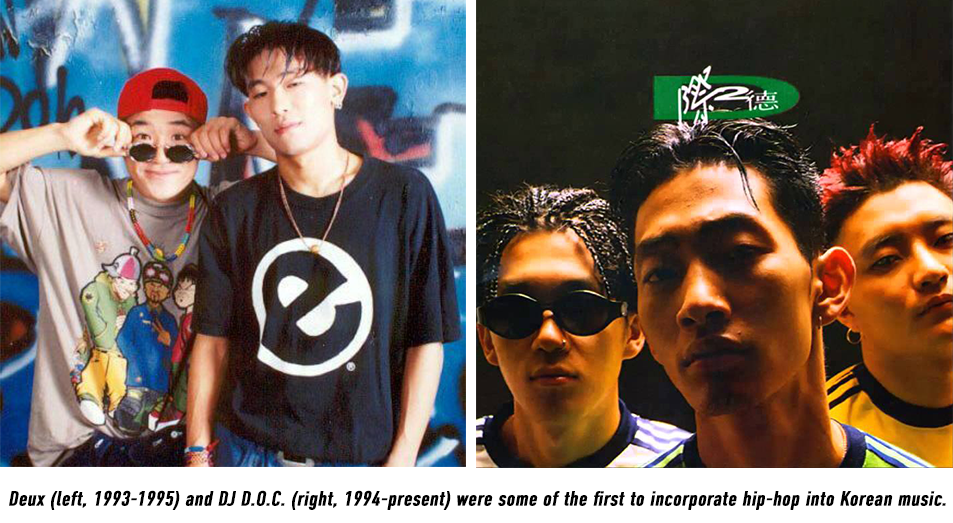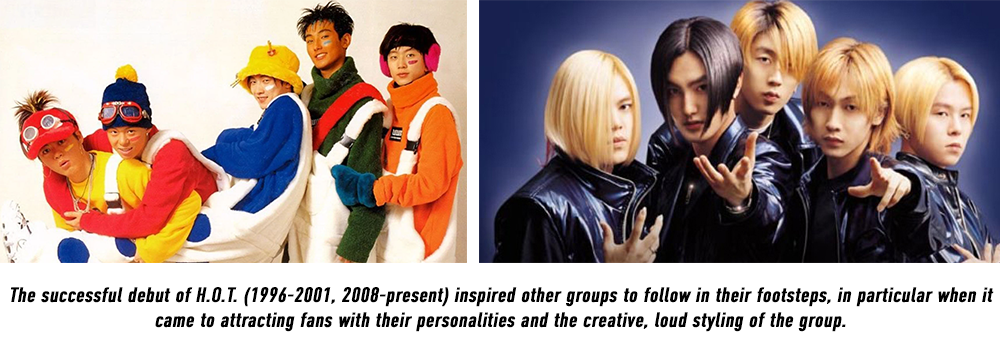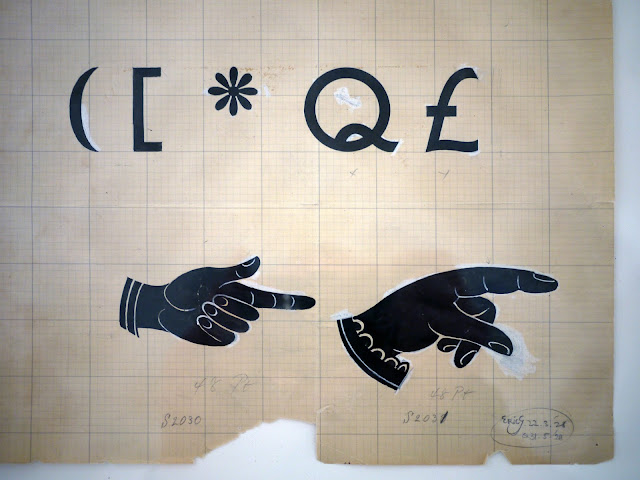In recent years, the popularity of South Korean entertainment has skyrocketed, becoming a major influence of global culture. At the forefront of this movement is K-pop, with an ever-growing number of artists and fan power to match. From artists like SoBangCha and Seo Taiji and Boys, that existed before the term ‘idol’ was even coined, to current superstars BTS singing about the weight that the label carries, K-pop has evolved into an undeniable international sensation. Let’s take a look at some of the groups that contributed to this phenomenon through the years.
According to Professor Woit’s 2002 article in American Scientist, string theory “ is built on the idea that elementary particles are not pointlike objects but are the vibration modes of one-dimensional ‘string-like’ entities,” which exist in 11-dimensional spacetime. But, Woit points out, there’s an obvious problem with that: String theory’s requirement of 10 spatial dimensions is “in serious disagreement with all the evidence of one’s senses.” He continues: “Matching string theory with reality requires that one postulate six unobserved spatial dimensions of very small size wrapped up in one way or another. All the predictions of the theory depend on how you do this, but there are an infinite number of possible choices, and no one has any idea how to determine which is correct.” Crazy like a fox: apparently my half-drunk skepticism wasn’t so misplaced.
Professor Woit’s Not Even Wrong, a blog that shares a name with his 2006 book, argues—in an inimitably even-handed tone—that string theory has a major problem. Simply put, it makes no testable predictions, not even wrong ones. So, Professor Woit asks, why are we spending so much time on ideas that, although they could be right, are systematically defined so as to avoid friction, experimental contact with the real world? What can be gained from a scientific theory that can never be tested? How is that different from theological speculation?
I didn’t so much interview Professor Woit as assault him with enthusiasm for his ideas. Over coffee near his office at Columbia, I told—in mostly-honest detail—the story of how I’d come to be speaking to him about string theory at that very moment. I asked whether there wasn’t something about the institutional culture of physics preventing people from hearing his criticisms. “When two mathematicians disagree,” he replied, “you could lock them in a room with blackboards and chalk and one of them would eventually admit defeat. With string theory, it’s very much the opposite.” Was this political, not like Democrat and Republican, but political in the sense of being about the allocation of funds for research? “Absolutely.”
* * *
In Professor David Kaiser’s stately office at MIT, which I visited on a hot August day, he keeps a plush toy made to look like the cosmic background radiation, a gift from his wife. He took a level approach to my naïve questions, excitedly getting up to his office’s blackboard to help me understand how, despite “all the evidence of one’s senses,” higher-dimensional spaces were at least theoretically possible, a point Professor Woit had also made. I understood, at least, that one could very simply write “X = A × B × C × D × E,” call all of A through E “dimensions,” and then claim to have shown that X was five-dimensional, but I could not get outside my own head enough to actually picture a higher-dimensional space. What would it look like? Professor Kaiser said that, although some physicists claim to be able—with a kind of mathematical clairvoyance, which arouses in me a mix of wonderment and mistrust—to picture higher-dimensional objects directly, most people find it easiest to reason about them by analogy to lower-dimensional spaces. You’re an ant trapped in a flat world. (Or, here, this picture helped me unkind the knotted tubes of my monkey mind.)
SoBangCha (1987-1996) is widely credited with being the first K-pop boy group. Their debut, along with Seo Taiji and Boys (1992-1996), marked the beginning of what we know as K-pop today. Seo Taiji and Boys also notably showed a willingness to break through the norms of traditional Korean music as they drew from American rap, rock, and techno influences, as well as discussing social issues in their music despite pushback from ethics and censorship committees. They also began writing English lyrics into their music, providing the basis for the unification of Korea's music with Western music. This resulted in the foundation of modern K-pop. Seo Taiji and Boys’ unique musical style subsequently enabled Korean pop music to penetrate foreign markets in what is now known as the Hallyu Wave (Korean Wave).

Hip-hop later became a very popular influence on Korean music. K-pop duo Deux (1993-1995), were among the first to incorporate the hip-hop genre into mainstream Korean music. Other groups such as DJ DOC followed suit, bringing to light the Korean hip-hop scene, which had remained largely underground until this point. DJ DOC (1994-present) went on to experience great commercial success with their music, which often contained satirical lyrics that criticized societal injustices and overtly used profanity. This brought them much criticism during the mid to late 1990s, though the group became popular with a younger generation that were already fed up with the Korean government’s strict censorship rules regarding free speech at the time.

H.O.T. (1996-2001, 2008-present) is largely considered to be the first modern K-pop idol group. The group featured five charismatic male artists, who not only provided entertainment through their singing and dancing, but also through their variety skills and attractive personalities. This formula for idol groups later became the model of the many K-pop groups that would follow them. H.O.T. 's female group counterparts and labelmates, S.E.S. (1997-2002), also enjoyed similar success and set the stage for junior artists such as BTS and Blackpink to follow in their path.

Other K-pop singers such as BoA (2000-present), the ‘Queen of K-pop’, and TVXQ began expanding K-pop’s reach as their popularity grew in countries such as Japan. BoA became the first Korean pop star to break through in Japan following the fall of barriers that had restricted the spread of entertainment between the countries since the end of World War II. TVXQ (2003-present), on the other hand, currently have the most number-one singles and albums for a foreign artist in Japan, and are also Japan's best-selling foreign artist in CD singles of all time. Their wild success allowed for international fans of their music to begin exploring the work of other Korean recording artists, hinting at the international success that the genre would soon be experiencing.

Though the modern K-pop genre is relatively new, Korea has been creating incredible works of art for much of its history. Learn more in our blog: The Korean Tiger: A Hallmark of Korean Identity
This popularity culminated in 2012 with Psy’s Gangnam Style. With 3.5 billion views on the music video, this was the first - but not the last - time that a K-pop song would catch international eyes. Featuring a catchy melody and addictive dance for fans around the world, Gangnam Style became the most widely known song in the K-pop genre.
However, K-pop truly went worldwide with BTS. Though they debuted in 2013, BTS’s fame spiked later, as they captured the attention of both the Western and Asian entertainment industries. Originally a hip hop group, BTS's musical style evolved to include a wide range of genres. Similar to their seniors, Seo Taiji and Boys, they became known for writing and composing the majority of their music. Additionally, their lyrics also focus on personal and social commentary, touching on the themes of mental health and the unique troubles faced by the youth such as loss, the journey towards loving oneself, and individualism. BTS later funneled their success into charity, founding the Love Myself anti-violence campaign in partnership with UNICEF. Following this, they addressed the United Nations 73rd General Assembly, and later became the youngest ever recipients of the Order of Cultural Merit from the President of South Korea due to their contributions in spreading Korean culture and language. The latest in BTS’ achievements is their being the first all-Korean act and the first act from Asia in 57 years to top the Billboard Hot 100, with their English single ‘Dynamite.’

Though the proliferation of K-pop has become especially prevalent in recent years, each artist has contributed to the continued visibility of Korean entertainment and Korean culture. K-pop legends such as Seo Taiji and Boys are still influencing and even collaborating with current superstars like BTS, who remade their song "Come Back Home," the music video for which you can watch down below. From the beginning of modern K-pop until now, the path has been lined with too many notable groups to count. With the records that artists such as BTS have been able to break, there is no telling what new heights future K-pop artists will be able to reach.




